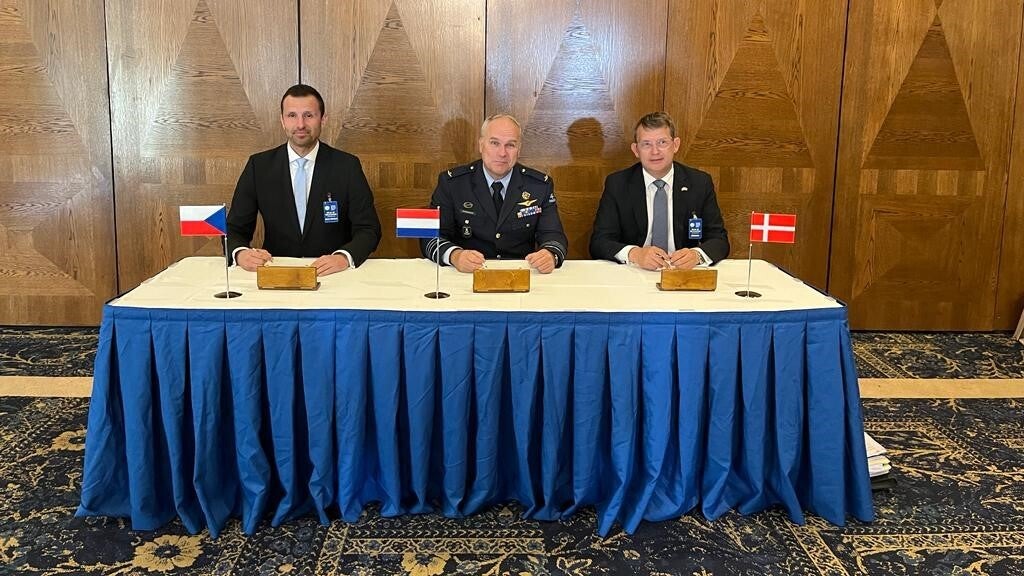After identifying solutions to sailor fatigue in 2021, the US Government Accountability Office (GAO) has found that the US Navy has only implemented, or partially implemented, four of the agency’s eight preventive measures.
According to the GAO’s 2020 survey, only 14% of officers received the then recommended seven hours or more of sleep per day during their most recent deployment, while 67% received 5 hours or less.
Inadequate crew rest and fatigue is an ongoing problem for the Navy – one that has contributed to fatal ship collisions in 2017, when 17 servicepeople lost their lives and the Navy incurred hundreds of millions of dollars in damage to two destroyers.
However, as the Congressional Research Service noted in a report from 2021, Sleep deprivation and fatigue are two distinct physiological states.
Defined by MedlinePlus, an online information service produced by the US National Library of Medicine, as “a feeling of weariness, tiredness or a lack of energy,” fatigue can stem from a variety of different factors and its effects extend beyond sleepiness.
Each military service is responsible for coming up with its own policies to mitigate the problem. The Navy outlines its own three goals: implementing fatigue management as a matter of routine aboard all ships; factor fatigue considerations into risk management with Go/No Go criteria; and incorporate fatigue management training in all levels of leadership across the service.
While the Navy stated to Congress that most of the deployed ships in the surface force have met these goals based on the Navy’s internal assessment, officials could not provide documentation to confirm its fulfilment.
Although the Navy has made progress toward each of its three goals, it has reported that some ships and ship departments have not met them. Without fully addressing the root causes of fatigue—such as high workload caused by under-crewing and mattress problems—the Navy may better manage fatigue but not eradicate it.
Only halfway to ensuring sailor endurance
While the Navy has implemented the GAO’s first recommendation, which was to collect fatigue data from sailors, the service only partially fulfilled the agency’s second recommendation, to use this data to identify, monitor, and evaluate factors that contribute to fatigue and inadequate sleep.
Logically, this meant that the service could not implement the third recommendation, to take actions to address the factors causing sailor fatigue and inadequate sleep.
The Navy has only partially established a process for identifying and assisting units that have not implemented its fatigue management policy due to shortages of crewmen in some departments such as the Engineering and Combat Systems Department, which requires skilled labour – an enduring problem the Navy has been wrestling for some time.
Furthermore, the Navy is still in the process of accounting for additional sailor workload resulting from its continued implementation of Ready Relevant Learning – a training system the Navy considers a long-term investment in developing and training sailor performance.
Although, the service has institutionalised the practice of using crew requirements to track and report positions that are filled; establish crewing targets that are based on analysis and assessment of risk; and using crew requirements to project future personnel needs.












